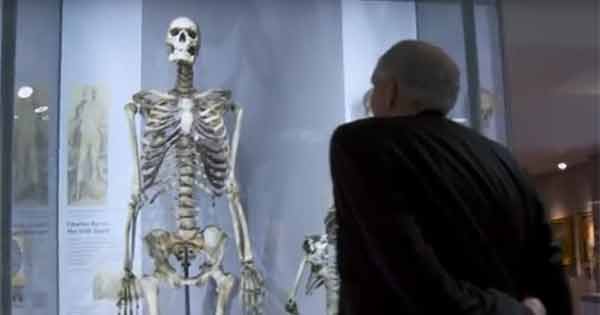Campaigners are calling on a British museum to release the bones of an Irish giant and allow his remains to be buried at sea.
Charles Byrne was born in Co Derry in 1761 and moved to Britain in his teens.
He grew to 7ft 7in due to a condition called acromegalic gigantism. Due to his height he became well known as a ‘freak show’ attraction.

Byrne suffered from ill health and, in 1783, he tragically died from TB aged just 22. One of his fears had been that his body would continue to be used as an attraction even after his death.
He believed his corpse would still be displayed, or alternatively, that it would be dissected and used for research.
He didn’t want this and arranged with some friends for them to bury his body at sea after he passed away.
His friends carried out the burial off the coast of Margate, England. However, what they didn’t realise was that a man named John Hunter had already taken Byrne’s body.
Hunter was a surgeon anatomist. He had bribed an undertaker and Byrne’s corpse was switched with another before his friends took the body to Margate.
Four years later, Hunter displayed Byrne’s Skelton in his Hunterian museum – which is now situated at the Royal College of Surgeons in London.
Over the years campaigners have called for the skeleton to be taken down from display and buried at sea, as Byrne had wanted.
However, the skeleton is still at the museum to this day and has been seen by thousands of visitors, including the Queen of England.
The museum is currently undergoing an extensive refurbishment and will be closed for three years. This has brought the situation back into focus and the calls for the museum to bury Byrne’s bones in the English Channel have been renewed.
However, the museums’ trustees continue to refuse the request, saying the skeleton is important for research and education purposes.
Check out the BBC documentary ‘Charles Byrne, the Irish Giant’ below.
Written by Michael Kehoe @michaelcalling